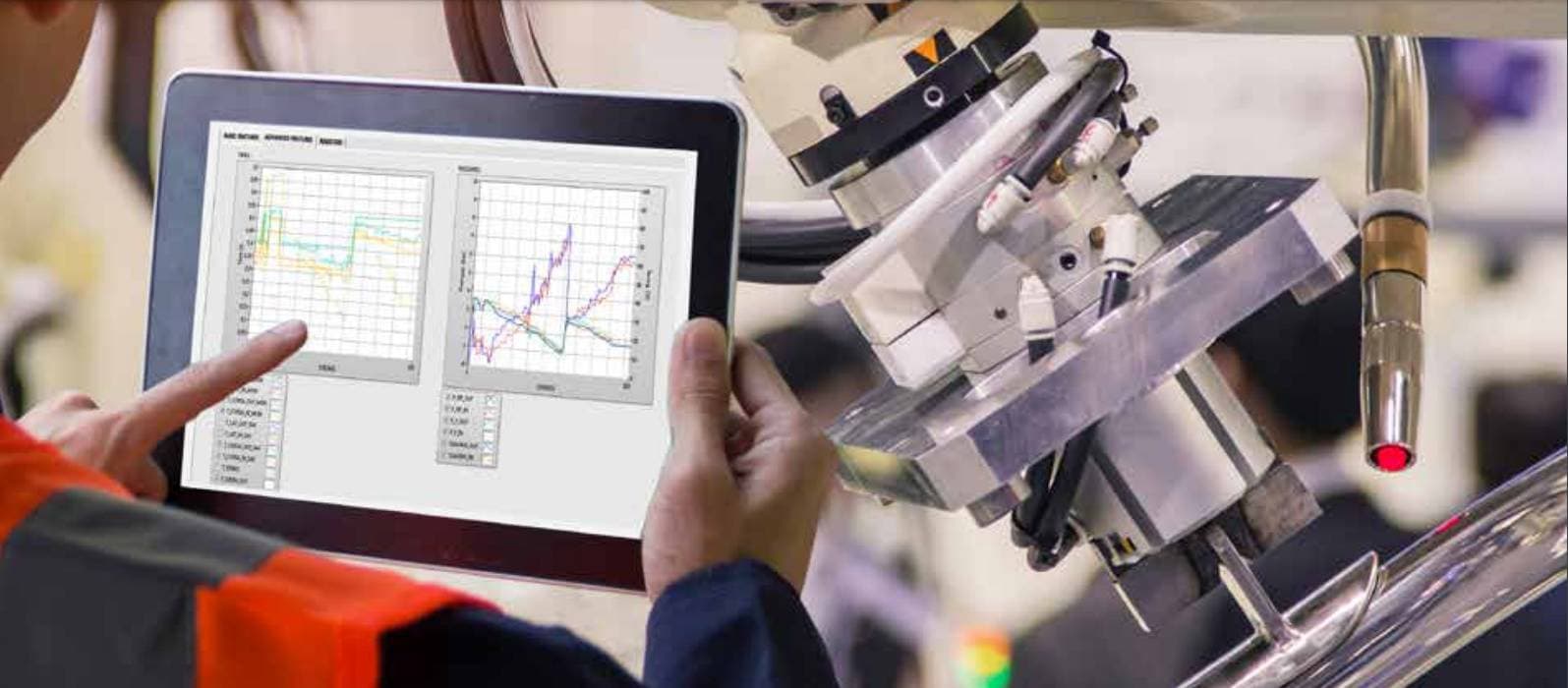The company we are talking about today is a market leader in the production of doors for buses and trains, operated by a pneumatic system.
It has surely happened to everyone, being front of a door on public transport and hearing an air vent while the doors are opening or closing, this is the pneumatic cylinder that comes into operation and allows you to open the door.
Table of contents
Design Challenges
There are 3 challenges facing these types of cylinders, these are:
- The first concerns reliability even at low temperatures, especially because many buses make long journeys, are exposed to bad weather and extreme temperatures. Try to imagine a door breaking while the bus is traveling at 100Km/h; you understand that component reliability is a key factor;
- The second is that of safety and the high standards of the automotive industry. The cylinders that operate the doors pose a high risk to people if they are not made correctly. Just think what would happen if a crowded bus suddenly opened its doors. Road safety rightly imposes strict rules, procedures and standards that must be respected both for product quality and for the traceability of components and materials;
- The third, however, was more of a design challenge. The cylinders used for rototranslating doors require a high thrust force, because they literally lift the door a few centimeters before rotating it. A cylinder with an important bore is required, but with extremely reduced longitudinal dimensions and weights. All this combined with the need to have a high level of rod guidance required by the sophisticated recirculating ball transmission.
Item 3 in particular has been a challenge at the Design level, leading to the need to develop innovative profiles to meet all needs.
Today, these apps are all over the world, and the next time you get on a Bus I’m sure this article will come to mind.
Compared to standard cylinders, custom cylinders offer numerous advantages in terms of both reliability and adaptability to the small spaces required by bus manufacturers.
A bit of History
Before we talk about the challenges required by this design, let’s find out together how the need to open bus doors in this way came about.
We are talking about the first half of the 20th century, when the operation of the doors was still manual and mechanically operated; in fact, it was a long rotating lever operated by the driver that allowed to open the front door of the bus.
In 1930 the first solutions with pneumatic opening began to appear on the market.
On the first buses with this type of opening, things were not immediately easy to implement.
Initially, it was complicated because buses did not have compressed air systems, unlike, for example, streetcars that already had a pneumatic system as standard equipment. It was therefore decided to install a small dedicated compressor, directly driven by the bus engine, which allowed the doors to be activated through the compressed air circuit.
As the years went on, coaches began to incorporate compressed air systems and the pneumatic door opening solution became much easier to integrate.
Thanks to the great advantages it brought, starting from reliability to the possibility to instantly control the opening of the rear doors, it became the standard on most of the buses produced in the world.
The pneumatic solution for opening doors, therefore, is almost 100 years old.
What has changed over time is the intensity of the use of means (own or public) to get around. As a result, accidents have also increased dramatically.
The need for increasingly stringent safety standards in the automotive industry was born, with millions of cars and vehicles on the road it was inevitable that it would be this way.
The rules, regulations and legislation in general, not only in the field of safety, but also environmental and health protection, have naturally reflected on the entire supply chain of components and materials.
This of course also affected manufacturers of pneumatic cylinder components, requiring us to take action to proactively respond to the growing demands of our customers.
In this specific case, controls and improvements have been introduced on materials and processes. We have invested in the development of a quality system capable of responding to documentation and traceability requirements such as IMDS (International Material Data System), PPAP and the like. Cy.Pag. is IMDS certified.
Having seen all the necessary standards and certifications to be able to operate in this sector, one element is needed to complete the circle, that of reliability over time and in different climatic conditions, with the certainty of having a cylinder that does not lead to major air leaks in the circuit.
In fact, as we have seen, the Automotive sector has very stringent and constantly evolving standards, with a focus on safety and reliability. If when we buy a car we have the expectation that it will last for 300,000Km or 10 years, when it comes to public transport we have much higher demands, up to 30 or 40 years of life.
Another request that was made by the manufacturers was to have a cylinder with a special cushioning system, which allowed to slow down the speed of movement of the piston and resume it again towards the end of the stroke. This is a very specific function for this type of application, which allows the door to open correctly and without having an excessive speed bothering passengers on the way up.
Continuous improvement
The company was pushing to find a solution that would allow it to have a product that met market standards and the bus manufacturer’s need for a door with a reliable and robust opening system.
We are about the end of the 90s of the twentieth century when more and more requests were arriving from bus manufacturers to have opening systems that would not break, had a great capacity of thrust and resistance to climate change.
It was during these years that contacts between the company and Cy.Pag. began, forming a collaboration for the design and supply of custom pneumatic cylinders.
The development phase was very demanding for the technicians, who were able in a few weeks to redesign the cylinders in use in those years, put them on a test bench and after numerous tests approved the first cylinder tailored for the opening of the doors of buses and trains.
A reliable solution in all conditions
Designing a solution that would be reliable, long-lasting, respect the dimensions required by the structure of the doors and be able to withstand the changes in temperature and humidity dictated by the environment has taken time, but above all a very long series of tests that have allowed us to arrive at a state of the art solution.
When a bus is parked for 2, 3 or more days, if there is an air leak in the circuit, the bus doors will not open immediately after powering up. In fact, you have to wait up to a few minutes for everything to come back up to speed and function properly. This is considered unacceptable in the industry, so there is a tendency to consider leaks equal to 0 as a reference standard.
It must be considered that the environments in which a bus can drive, or stop are not always the most hospitable, let’s imagine for example, a sea environment with high humidity and brackish air, or Siberia or Northern Europe areas, where in winter the temperature can easily drop below -20°C: it was necessary to design a cylinder that could work in up to -40°C and resist humidity and moderately corrosive environments.
Custom cylinder beats standard hands down
The old standard solutions, with various adjustments made over the years, had been in use for 60 years and needed an overhaul in many respects.
To optimize the weight of the cylinder, the tie rods were reduced from 4 to 2. The use of less materials for the construction, has reduced not only the weight, but also the cost of production; which means having a lower cost per piece for the manufacturer of doors with pneumatic opening. All this without compromising the overall strength.
The cylinder engineered and produced has been patented by the purchasing company, which therefore has a customized, non-copyable, proprietary solution in its hands, and thanks to the agreement with Cy.Pag. S.p.A., is produced under the brand name of the door manufacturer.
Between ’98 and 2020 almost 300,000 pneumatic cylinders with the described applications have been sold, thanks to this collaboration we can say that we are one of the main suppliers of customized solutions for the opening of bus doors.
More than 20 years of uninterrupted collaborations
These projects are the result of collaborations that have been going on for more than 20 years and that continues today, bringing continuous improvements in both quality and quantity.
The company outsourced the design to our studio, which has been designing and manufacturing custom cylinders for over 25 years and has more than 5,000 custom projects to its name.
Cy.Pag. has thought of a customer service dedicated to all companies that want to have their own solution, optimized for the specific use and with an eye to costs, materials and technical specifications.
All the above applications can be realized for: doors with pneumatic opening, doors for buses (touristic and regular) and doors for trains or other surface vehicles.
Request a free pre-assessment phone contact with one of our technical specialists, they will be able to provide a pre-analysis of the technical specifications you need and detail the benefits of a tailored solution.
After years of experience and thousands of custom cylinders made, we have developed a very effective protocol to save companies time and get straight to the point.
Cy.Pag. offers a competitive advantage specific to your industry, in your niche market.





